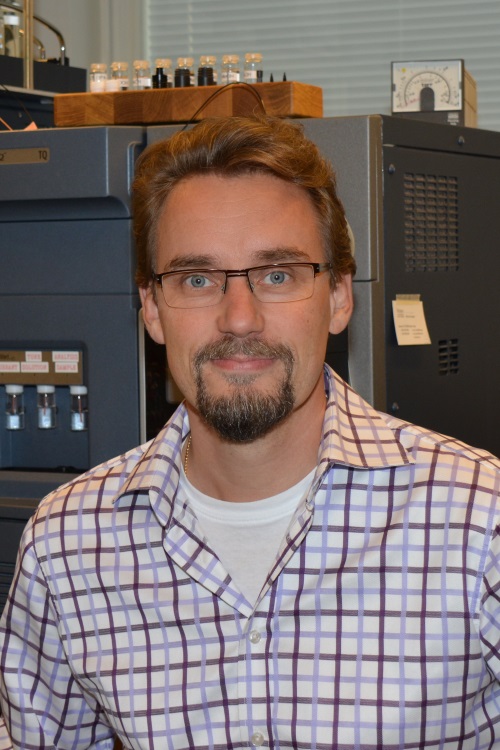Short Biography
• 1998 MSc (Environmental Chemistry; University of Turku)
• 2002 PhD (Birch leaf hydrolysable tannins: chemical, biochemical and ecological aspects, University of Turku)
• 2005 Docent (Chemical Ecology, University of Turku)
• 2009 Full Professor (Chemistry of Natural Compounds and the Environment, University of Turku)
• 2009-2012 Vice-Head of Dept. Chemistry (University of Turku)
• 2012-2017 Head of Dept. Chemistry (University of Turku)
• 2020-2021 Head of Dept. Chemistry (University of Turku)
• 2021 Vice-Dean of the Faculty of Science, University of Turku
• 157 peer-reviewed scientific papers (>80 first or last-authored, >75% multidisciplinary, mainly chemistry/biology)
• Citations (April 2020): Google Scholar citations 5611, Hirsh H = 44; WoS citations 4055, Hirsh H = 36; ResearchGate citations 4768, Hirsh H = 40.
Missions
I have had two clear research-related missions that have motivated me since the early days of my PhD: tannin chemistry and chemical ecology. I find these two fields of science highly exciting and their combination especially challenging. Today, our research group is able to dig really deep in science with both of these missions, since consistency is and has been the key to major breakthroughs. With chemical ecology I cannot emphasize enough the importance of top-quality collaborators, since chemists cannot handle that field on their own.
The most important mission for me is to promote the development and utilization of high-quality tannin chemistry in all possible fields of science. For me tannin chemistry includes four focus areas: (1) qualitative analysis of tannins, (2) quantitative analysis of tannins, (3) tannin fractionation and purification, and (4) bioactivity studies with purified tannins or chemically well-characterized extracts. All these areas are quite challenging to develop, since plants complicate our research by producing mixtures of tens and hundreds of tannins with molecular weights well beyond 8000 Da. So far we have been able to characterize the largest ellagitannins in plants, develop novel fingerprinting tools for tannin quantitation, purify tannins previously not known to be even produced by plants, and conduct several detailed structure-activity studies that enable us to estimate tannins’ bioactivities directly from their structures. In fact, now we can estimate plant’s bioactivity potential directly from the pool of fingerprints that are recorded during one 10-minute UPLC-DAD-MS/MS analysis. All this knowledge can be used in multiple ways to support basic scientific research on plants and tannins or to develop new industrial applications for both of them.
My interest towards chemical ecology is based on the fact that variations in plant tannin chemistry between plant individuals, plant parts, plant species, plant genera and families must have clear consequences on how all these are defended against herbivores, be they vertebrates or invertebrates. Currently very little is known of the true role of tannins in this variable picture, since the chemistry component included in most studies of chemical ecology has not given enough credit to the diversity of tannin structures found in plants. We have tried to clarify this picture for a long time now and its pixels are becoming less blurry slowly, but definitely.
The interplay between plants and plant-eating animals is quite challenging to understand, since both counterparts have their own species-specific chemistry. Even if the plant chemistry would be well known, which is not the case in many species, the herbivore chemistry might be fully unravelled. Luckily, the more we learn, the more we understand. And the more we understand, the better chances we have to build predictive models at various levels of plant-herbivore interactions, in a similar fashion we have achieved with the in vitro bioactivities of tannins. All this requires long-term commitment to plant and herbivore analyses involving hundreds and thousands of species, preferably from multiple continents targeting all taxonomic levels and biomes, and including both known biodiversity hotspots (e.g. Amazonia, Panama, Papua New Guinea) and cold spots (e.g. Finland).




